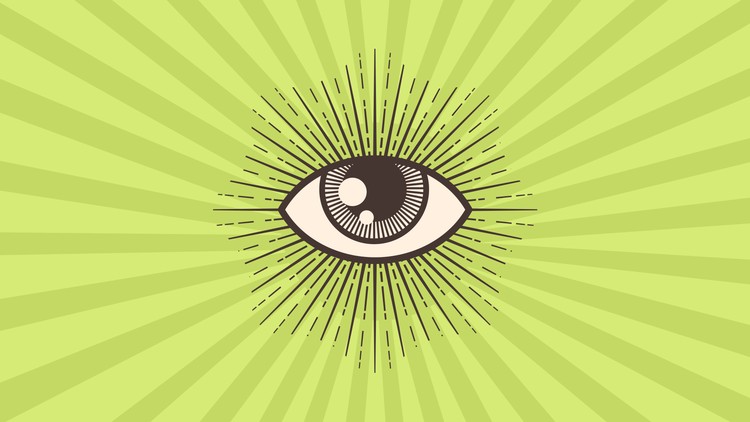Criminal Investigation in the New Millennium
The Present, the Past, and the Future: A Community Policing Approach
What you’ll learn
Criminal Investigation in the New Millennium
- The goals of this course are to answer the following questions about the police criminal investigation process in the US: – How good are the police at solving the crime? (Hint – not so good~~) – Who are the detectives and what do they do? – How did we get to where we are, and why? – What can we expect in the future? – How will forensics and technology help? – What will investigations look like in the year 2084? To help find the answers to the above questions, students will learn to use a handy framework to do the following: – IDENTIFY a crime problem (in terms of the phases of a crime) – DESCRIBE the availability of crime information and sources in each crime phase (in terms of space and time) – UNDERSTAND how the various detective models of the past have investigated crime (to see their strengths and weaknesses) – MANIPULATE what was learned to project how developments in forensics and technology, and a new detective model, can address future crime problems.
Requirements
-
You would probably get more out of the course if you had already taken an introductory course in criminal justice or policing, or if you had some general familiarity with our criminal justice system in the US. However, that’s not critical, and this course should, in any case, prove to be an interesting and rewarding experience in and of itself. Other than an open mind and a desire to learn, no special materials or actions are needed for the course.
Description
This FREE course addresses the following issues:
– How good are we at solving crime in the US? (Hint – not so good~~)
– Who are the detectives and what do they do?
– How did we get into this situation, and why?
– What can we expect in the future?
– And just how much can forensics and technology be expected to help investigations?
To find answers to these and other questions, we explore the criminal investigation process in the present, the past, and the future.
We present an overview of the subject in a listener-friendly and informative way. It is scripted to be understood by the casual observer, as well as the experienced investigator and the aspiring academic.
This course is rooted in the research literature and is amply referenced and well-cited. It provides some of the most comprehensive and current information available on the process.
It does NOT teach how to be an investigator. Instead, it teaches ABOUT the investigation process itself.
The course consists of about 58 lectures ranging from five to 20 minutes in length (about 12 hours total). The lectures are divided into six sections addressing the following:
(1) Where Are We?
(2) Who are the Detectives and What Do They Do?
(3) How Did We Get Here?
(4) Where are We Going?
(5) Where Do We Want to Go?
(6) The Year “2084.”
To guide us through the sections, students will learn to use a HANDY FRAMEWORK to do the following:
1. IDENTIFY a crime problem (in terms of the phases of a crime).
2. DESCRIBE the availability of crime information and sources in each crime phase (in terms of space and time).
3. UNDERSTAND how the various detective models of the past have investigated crime (to see their strengths and weaknesses).
4. MANIPULATE what we learned to project how developments in forensics and technology, and a new detective model, can address the crime problems of the future.
Who this course is for:
- The targeted audience for this course ranges from the casual observer to the experienced investigator and the aspiring academic.











Add Comment